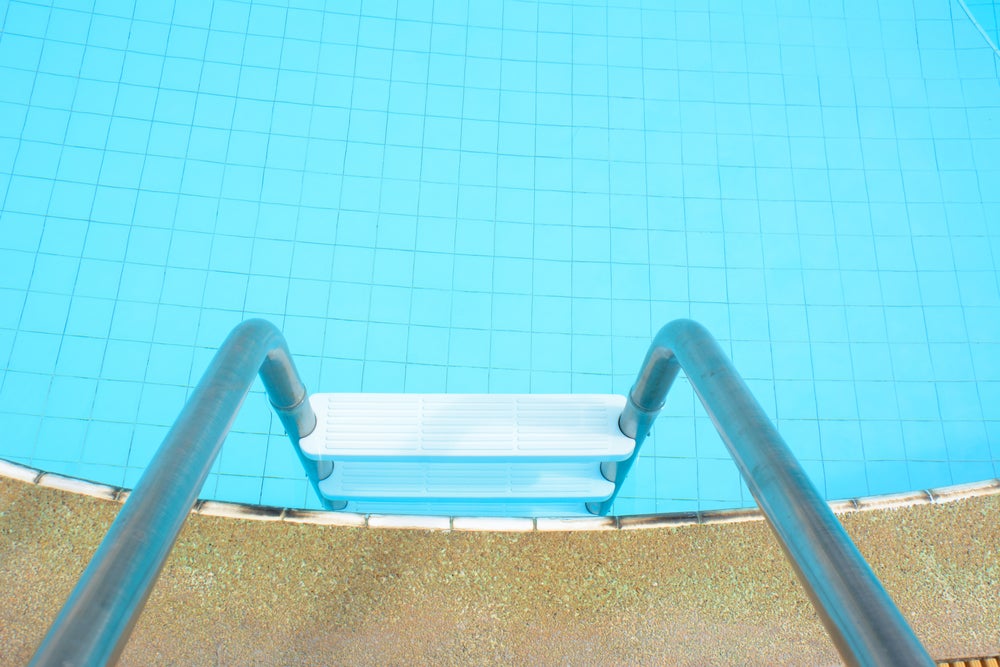The Swimming Skill Ladder

Photo: <a href=http://shutterstock.com>Shutterstock.com</a>
This hierarchy will determine where you should focus your time in the pool.
There are only two or three technique/form things you can really think about at one time in the water. What should you fix about your stroke first before you move on to the next area of focus? This skill ladder will help determine where you should start and what you should ultimately work up to.
Developing a technically correct freestyle stroke is easiest if you start at the bottom rung and work your way up the ladder only when you have truly mastered the lower steps. This ladder is a simple example of skills and technique from basic to advanced. Start at the bottom of the ladder and check the steps as you answer “yes.”
Review the steps where you answered “no.” Are you trying to improve a high-level skill before you’ve mastered one or two of the lower steps? Working on the simplest aspects of technique can often have a huge impact on your overall performance. For example, mastering the ability to float and relax in the water can have a positive impact on stroke rate and distance per stroke. Even elite triathletes and Olympic swimmers devote time in practice on drills to keep their technique sharp and identify any imbalances or weaknesses. Spend time strengthening the base of your ladder to see an overall improvement in speed and power.
RELATED: 3 Swim Strength Training Exercises
Pull: Do fingertips point down and elbow stays high?
Catch: Does the wrist stay unbent?
Reach: Do hands extend forward and slightly down?
Entry: Does the arm drop into the water without pause?
Recovery: Is your arm relaxed with a high elbow?
Finish: Does your hand exit the water past your hip?
Center line: Do you avoid crossing the center line with your hands?
Rotation: Does your torso rotate with your stroke?
Bilateral breathing: Can you breathe to both sides?
Head position: Is your head in a neutral position?
Balance: Are your hips near the surface when you swim?
Kicking: Are you using your kick to get across the pool?
Breathing: Are you exhaling under the water?
Floating & relaxing: Can you float on your stomach?
*Start at the bottom and work your way up.*